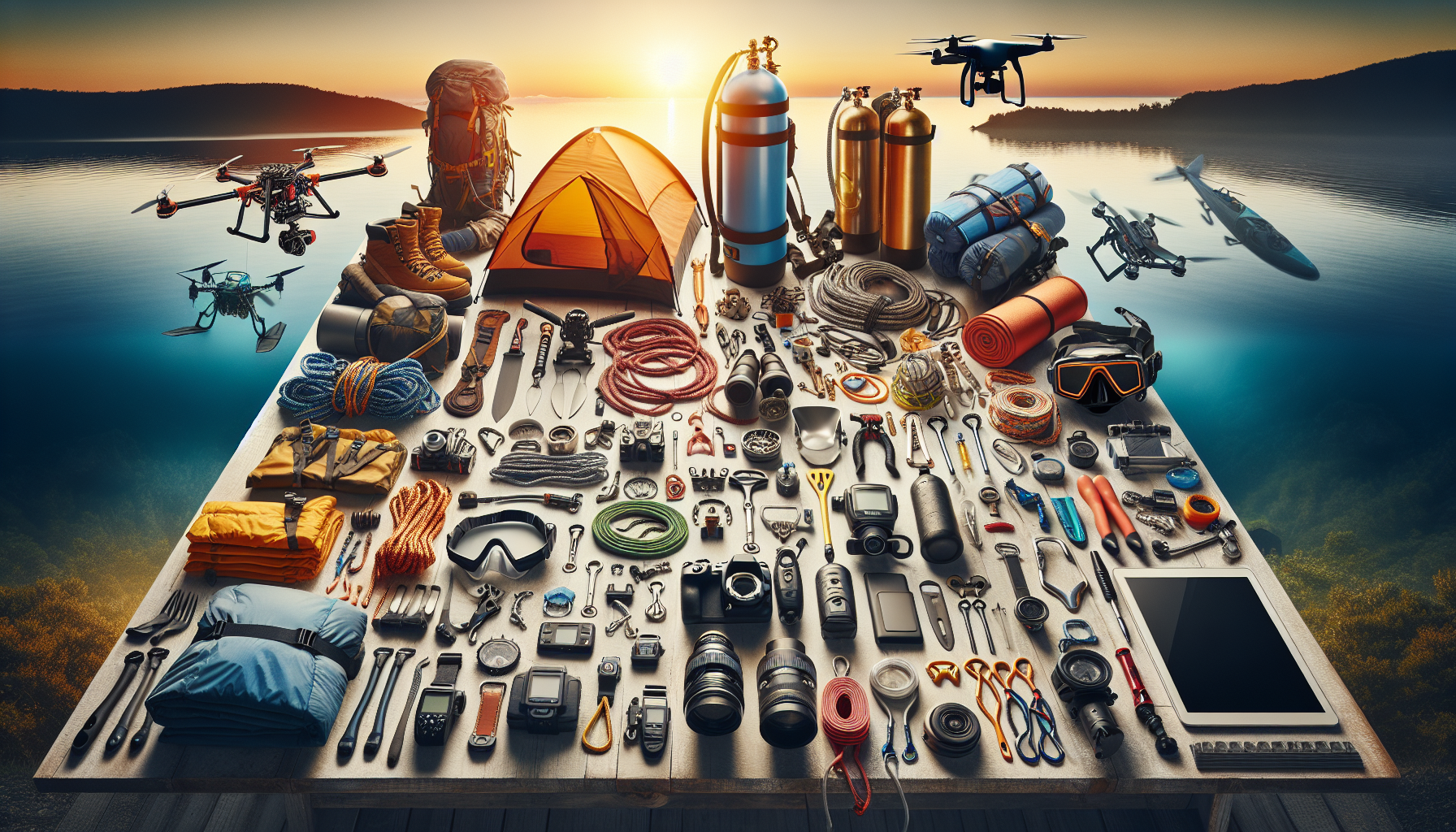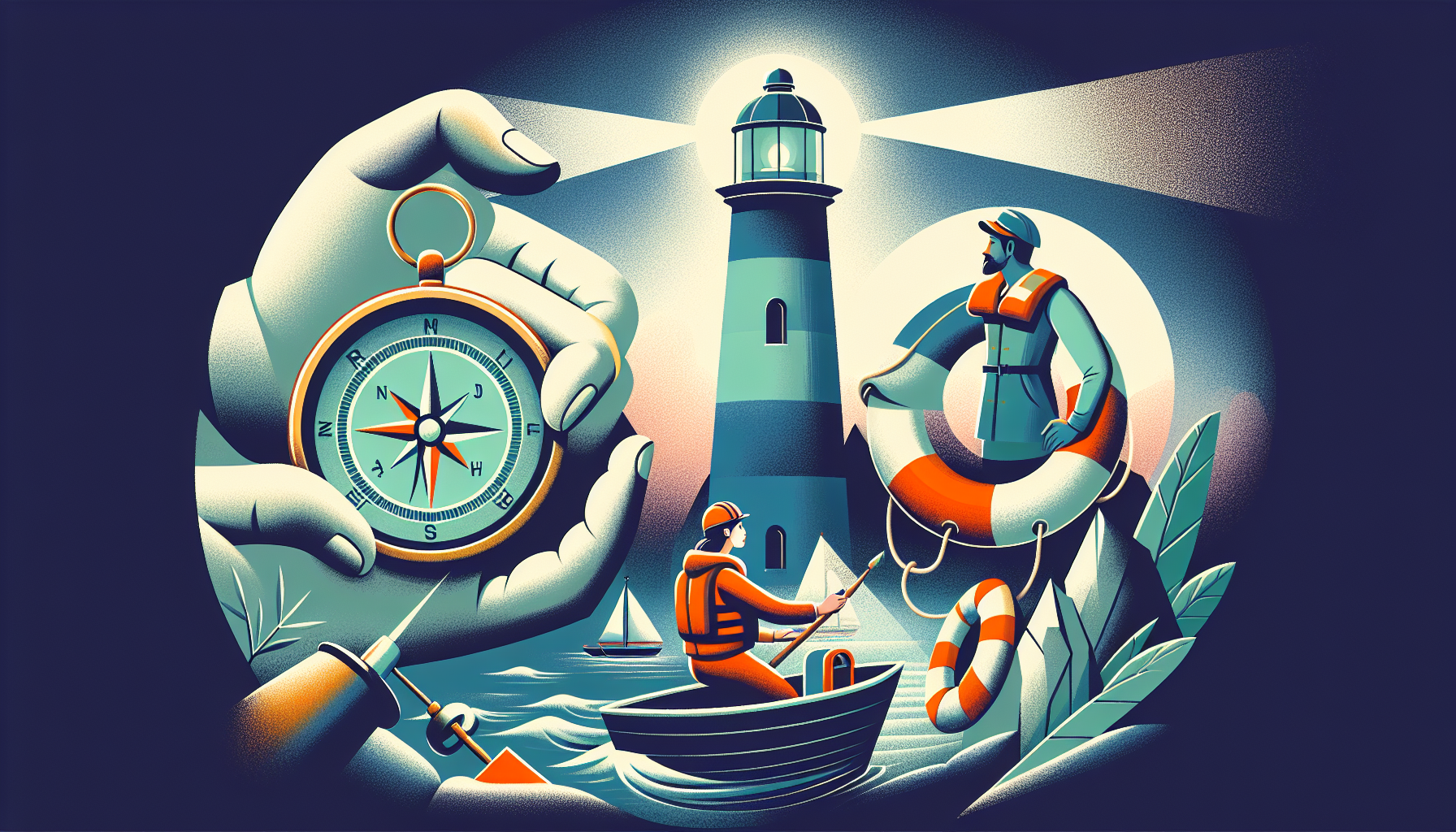
Equipment and Gear
Choosing the right kayak
Kayakscome in various shapes, sizes, and materials, each designed for specific types of water bodies and activities. It is crucial to choose the right kayak that suits your preferences and skill level. Factors to consider include the kayak’s stability, maneuverability, and the type of water you will be paddling in. For beginners, a recreational kayak is recommended due to its stability and ease of use. More experienced kayakers may opt for a touring or sea kayak for longer journeys and rougher waters. Research different kayak types and seek recommendations from experienced paddlers to make an informed decision.
Essential gear for kayaking
Before embarking on any kayaking adventure, it is important to have the right gear and equipment. Some essential gear includes a properly fitted personal flotation device (PFD), a paddle, a spray skirt (for sit-inside kayaks), a helmet (for whitewater kayaking), and appropriate clothing for the weather conditions. Additionally, a bilge pump, a whistle or signaling device, and a first-aid kit should always be carried for safety. It is crucial to invest in quality gear that is suitable for your kayaking activities to ensure comfort, safety, and enjoyment on the water.
Paddles and safety equipment
The paddle is one of the most important pieces of equipment in kayaking. It is essential to choose a paddle that is the right length and weight for your height and paddling style. Different paddle designs, such as asymmetrical blades for touring or whitewater blades, cater to specific kayaking disciplines. Safety equipment, such as a towline or a throw bag for rescue purposes, should also be considered. Properly maintaining and storing your paddle and safety equipment is important to ensure their longevity and functionality.
In this paragraph, the key anchor text that describes kayaks can be linked to a relevant Wikipedia page on kayaks: [kayaks](https://en.wikipedia.org/wiki/Kayak).
By paying attention to the equipment and gear selection process in kayaking, you are setting yourself up for a successful and enjoyable paddling experience. The right kayak, along with proper gear and equipment, will enhance your performance, safety, and overall satisfaction with the sport.
Understanding Kayaking Techniques
Proper paddling techniques
Mastering proper paddling techniques is essential for efficient and effective kayaking. Understanding the correct hand placement, body posture, and paddle strokes will not only help you move smoothly through the water but also prevent strain and fatigue. Begin by holding the paddle with a relaxed grip, keeping your hands shoulder-width apart. Engage your core muscles and maintain an upright posture as you perform different paddle strokes, such as the forward stroke, reverse stroke, and sweep stroke. Practice these techniques in calm water before venturing into more challenging conditions.
Mastering balance and stability
Balance and stability are fundamental skills in kayaking, especially in maintaining control and maneuverability. Proper weight distribution and hip movements play a crucial role in staying balanced while paddling. Keep your weight centered in the kayak and make subtle adjustments with your hips to maintain stability. Learning to brace, which involves using your paddle to support the kayak and prevent capsizing, is essential for rough water conditions and maintaining balance in challenging situations.
A Comprehensive Guide: Mastering the Fundamentals of Kayaking
| Fact | Description |
|———————————|—————————————————————————–|
| Kayaking origins | Inuit and Aleut peoples in Arctic regions |
| Types of kayaks | Recreational, touring, sea, whitewater, inflatable, folding |
| Kayaking disciplines | Sea kayaking, whitewater kayaking, recreational kayaking, kayak fishing |
| Basic paddle strokes | Forward stroke, reverse stroke, sweep stroke, draw stroke |
| Importance of proper technique | Efficiency, speed, control, prevention of muscle strain and injury |
| Role of balance and stability | Maintaining control, maneuverability, and preventing capsizing |
Understanding the fundamentals of kayaking techniques will greatly improve your paddling skills and enhance your overall experience on the water. Practicing these techniques in different water conditions and gradually challenging yourself will lead to greater confidence and mastery of the sport.
Navigation and Safety
Understanding water conditions
Before embarking on a kayaking trip, it is important to understand the water conditions you will be paddling in. Factors such as tides, currents, and wind can greatly affect your kayaking experience and safety. Researching the area and consulting local resources, such as tide charts and weather forecasts, will provide valuable information about water conditions. Understanding how these factors impact your route, speed, and paddling effort will help you plan your trip effectively and make informed decisions while on the water.
Reading maps and navigational aids
Having the ability to read maps and use navigational aids is crucial for safe and efficient kayaking. Familiarize yourself with topographic maps, nautical charts, and compass navigation. Ensure that you are aware of the symbols, colors, and legends used in these maps to identify landmarks, navigation channels, and potential hazards. In addition to maps, consider using electronic devices such as GPS units or smartphone apps for navigation. Knowing how to interpret and use these tools will enhance your ability to navigate confidently and find your way back to shore.
A Comprehensive Guide: Mastering the Fundamentals of Kayaking
| Fact | Description |
|——————————————-|—————————————————————|
| Tides and current s | Influenced by the gravitational pull of the moon and the sun |
s | Influenced by the gravitational pull of the moon and the sun |
| Wind direction and speed | Impacts paddling effort and navigation |
| Using tide charts and weather forecasts | Essential for planning and assessing water conditions |
| Topographic maps and nautical charts | Provide detailed information on water depth and features |
| Compass navigation | Useful for orientation and maintaining a desired course |
| GPS units and smartphone apps for kayaking | Help with navigation and tracking location |
Understanding water conditions and having the knowledge and skills to navigate safely will not only ensure an enjoyable kayaking experience but also promote your safety on the water. By being well-prepared and informed, you can confidently explore new waterways and make the most out of your kayaking adventures.
Mastering Kayaking Skills
Maneuvering in different water environments
Mastering the art of maneuvering in different water environments is essential for kayakers. Lakes, rivers, and oceans can present various challenges, such as currents, waves, and obstacles. Learning techniques like edging, which involves tilting the kayak to navigate turns, and utilizing different paddle strokes for tight turns or navigating obstacles, will enhance your maneuverability. Practice these skills in different water conditions and gradually increase the difficulty to build confidence and proficiency.
Advanced paddle techniques
Advancing your paddle techniques will allow you to maximize performance and efficiency in the water. Techniques like the high brace, low brace, and sculling draw are useful for stability, support, and maneuvering in challenging conditions. These techniques involve precise control of the paddle and body movements to maintain balance and control. Continuously practicing these advanced paddle techniques will elevate your kayaking skills and open up opportunities for more advanced kayaking disciplines.
A Comprehensive Guide: Mastering the Fundamentals of Kayaking
| Fact | Description |
|———————————————–|—————————————————————————–|
| Different water environments | Lakes, rivers, oceans |
| Challenges in different water environments | Currents, waves, obstacles |
| Edging techniques | Tilting the kayak to improve maneuverability |
| Advanced paddle techniques | High brace, low brace, sculling draw |
| Enhancing stability and maneuverability | Precise control of paddle and body movements |
| Watersports and kayaking disciplines | Surf kayaking, kayak polo, kayak racing, kayak touring |
Mastering kayaking skills is an ongoing process that requires continuous practice and refinement 스크린-프로텍터-best-of-best-2023-가성비-순위별-top-10-안내. By honing your maneuvering skills and expanding your paddle techniques, you will become more confident and capable in a variety of water environments. Embrace the challenges and opportunities for growth that kayaking presents, and you will unlock a world of possibilities on the water.
Kayaking Etiquette and Conservation
Respecting nature and wildlife
Respecting nature and wildlife is of utmost importance when participating in kayaking activities. As kayakers, we have the privilege of exploring and enjoying natural habitats and encountering various wildlife species. It is crucial to maintain a safe distance from wildlife and avoid disturbing their natural behaviors. By observing and appreciating wildlife from a respectful distance, we can minimize our impact on their habitats and ensure their well-being.
Sharing waterways with other users
Sharing waterways with other users requires consideration and cooperation to maintain a harmonious environment. Familiarize yourself with the local regulations and guidelines for sharing waterways with other boaters, swimmers, and fishermen here. Stay alert and communicate your intentions to others by using hand signals and vocal cues. Give way to larger vessels and yield to non-motorized watercraft such as paddleboards and canoes. By practicing good communication and respecting the rights of others, we can create a safe and enjoyable experience for everyone.
A Comprehensive Guide: Mastering the Fundamentals of Kayaking
| Fact | Description |
|——————————————————-|—————————————————————————–|
| Wildlife encounters | Birds, fish, seals, dolphins, turtles |
| Minimizing disturbance to wildlife | Keeping a safe distance, avoiding direct interaction |
| Local regulations for waterway use | Speed limits, no-wake zones, restricted areas |
| Communication with other waterway users | Hand signals, vocal cues, maintaining situational awareness |
| Yielding to larger or non-motorized watercraft | Giving way to larger vessels, showing respect to non-motorized crafts |
| Environmental stewardship and conservation efforts | Participating in clean-up initiatives, supporting environmental organizations |
By embracing kayaking etiquette and championing conservation efforts, we can play an active role in protecting and preserving our natural resources. Respecting wildlife and other waterway users ensures an enjoyable and sustainable experience for everyone. Let’s strive to be responsible kayakers and advocates for environmental stewardship.